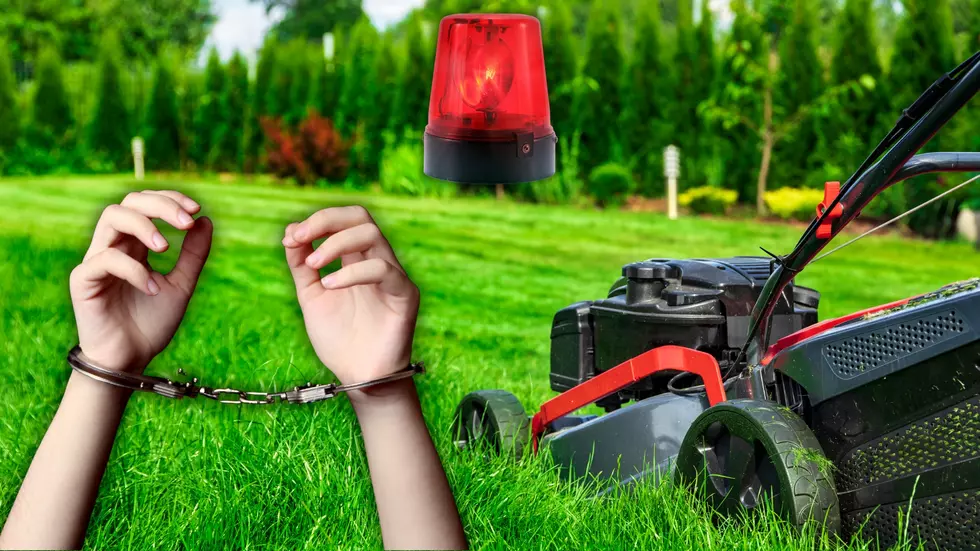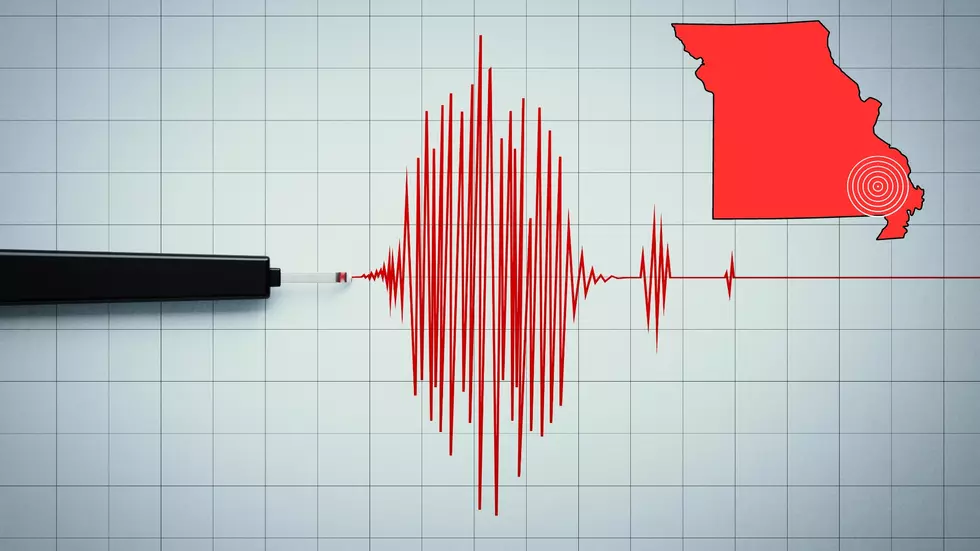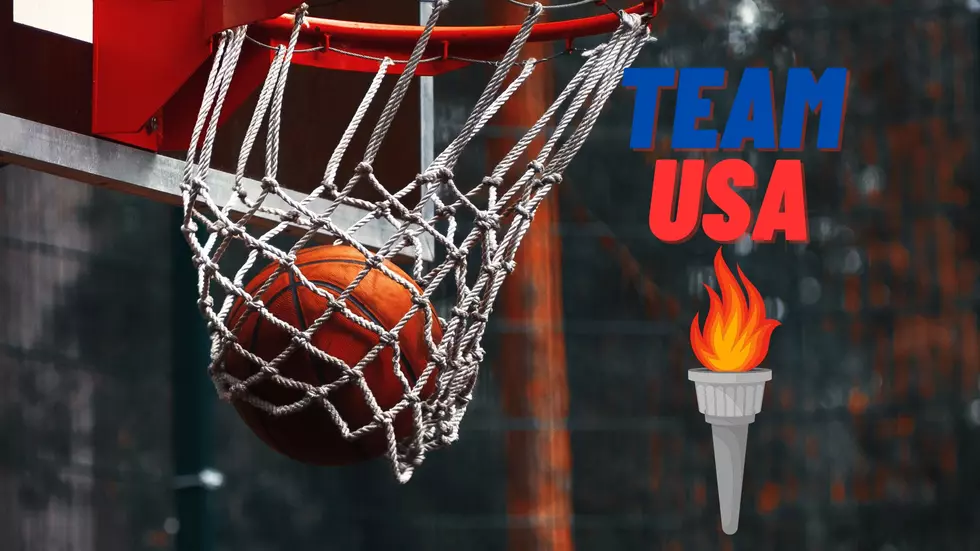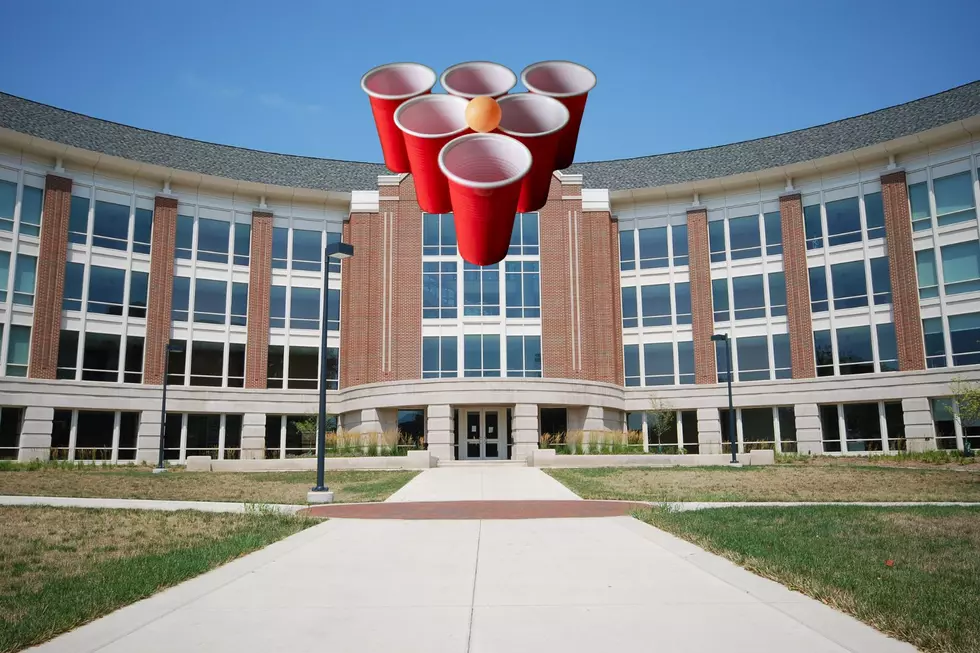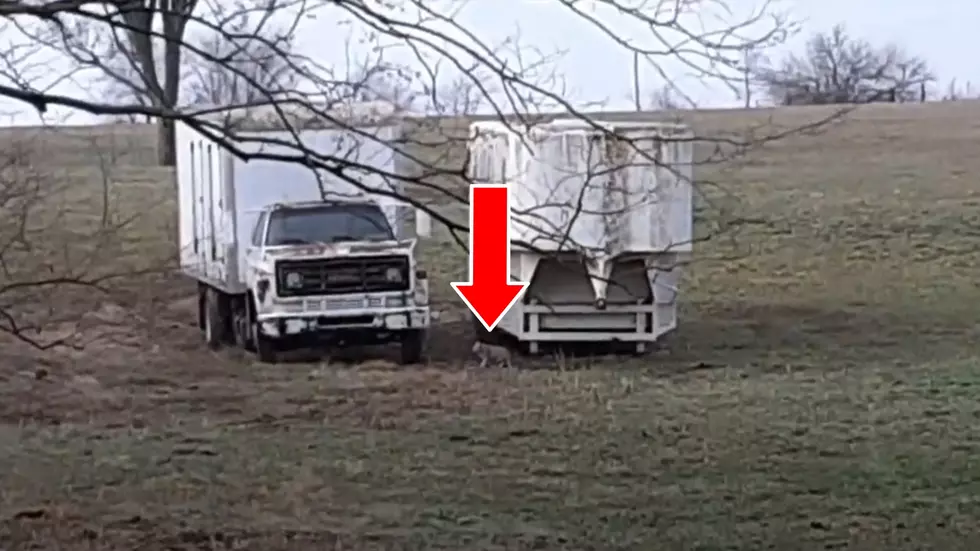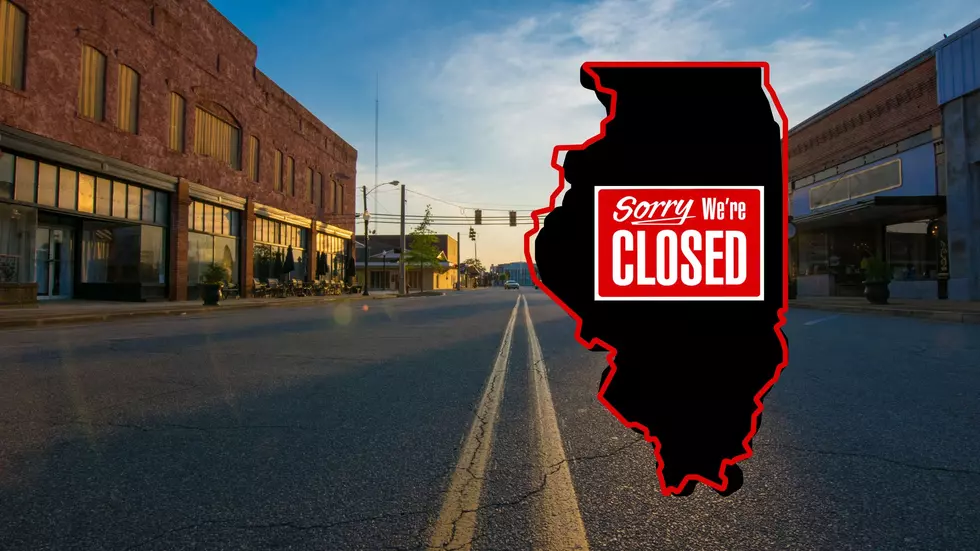Base Ball Sunday!
At Mark Twain Lake.
You can see first hand—and maybe participate in base ball as it was in the 19th Centry—during the Salt River Expo this Sunday at Mark Twain Lake. I’ve been a vintage base ballist since 2002. A group of us from around northeast Missouri are taking on the St. Louis Brownstockings at noon Sunday as part of the Expo activities.
Baseball has changed a lot since it first evolved into a form easily recognizable to us in the early 21st Century. 90 foot basepaths and most of the rules date to the late 1840’s. No one wore gloves to aid in catching the ball. Base ball fields were a far cry from what you find at Clemens Field or at Busch Stadium. They were in fields, pastures, vacant lots, etc. Home plate was a 10 inch round wood or metal disk. No skinned infields, although the grass might be worn away at places where many matches occur.
Some things will be recognizable. It’s 90 feet between bases. The ball is the same size, although it is not nearly as lively. Some balls we use are as hard as modern baseballs, but they do not carry nearly as well. Other balls are not unlike the mushballs used in some forms of softball.
Bats can be a bit different. The barrel is generally a bit smaller, not unlike modern wood softball bats. Sizes vary. I have a bat that is 37 inches long and 52 ounces. By comparison, most bats that the guys in the Prospect League and the major leagues use are 33 to 34 inches long and weigh between 30 and 34 ounces. Aluminum softball bats weigh in these days between 26 and 30 ounces.
Pitching is underhand, not unlike modified slow pitch. No windmill deliveries. It’s a gentleman’s game. The ball is to be delivered in a manner in which the striker (hitter) may make contact.
The big difference is that batted balls caught on the first bounce are outs just as balls caught on the fly are. Games played on rough ground tend to encourage catching the ball on the fly. No telling which way the ball will bounce if it hits the ground.
Fielders are positioned a bit differently. It took the base ballists in the 19th Century a while to determine the best ways to set up on defense. I’m usually a first base tender. (AKA first baseman these days...) Other than not holding the runner on, that position hasn’t changed much. Taking throws from the third base tender or short scout can be a bit challenging because they have to throw it hard to get it there. Playing third is very much like playing over there in modern baseball or slow pitch softball. A good third base tender has a strong chest and a strong arm and a very limited sense of self preservation. Knock it down and throw ‘em out. Always was the hot corner, always will be the hot corner.
Catching the ball isn’t as difficult as you might think. The key is to use both hands. I learned quickly to loosely cup both hands and let the hands give as the throw arrives-- same mechanics as catching a football thrown at the numbers.
Come on out and see base ball as it was. You can probably also talk your way into the game.
More From KHMO-AM 1070, News-Talk-Sports
